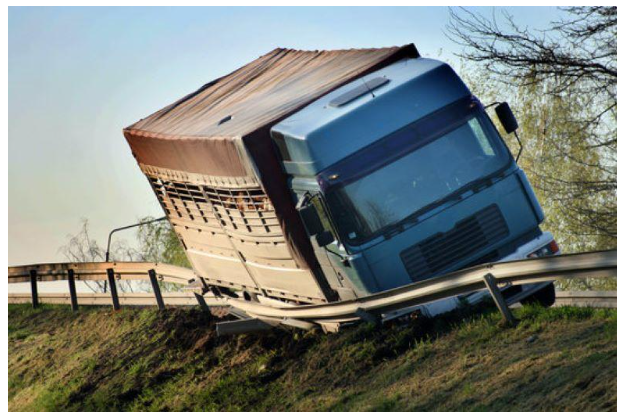The Technologies That Help Reduce Truck Accidents
Every day, you share the road with massive trucks transporting goods across the country. While these vehicles are essential to the economy, their size and weight make them potential hazards.
Odessa, TX, is a key hub for transportation and commerce, and unfortunately, truck accidents are a significant concern. With its bustling oil fields and active highways, this city sees frequent large-vehicle traffic, which makes safety a top priority.
If you’ve been involved in a collision in this bustling city, reaching out to a truck accident lawyer in Odessa, TX, is the next best step to take.
However, wouldn’t it be better to prevent accidents before they happen?
Technology is transforming the trucking industry, equipping drivers and fleets with tools to enhance safety. As you dive into this article, you’ll discover how these innovations are actively saving lives.
Why Truck Accidents Are a Growing Concern
Truck accidents are more common than you think. In the United States alone, large trucks were involved in 9% of all fatal crashes in 2021. Many of these incidents result from driver fatigue, blind spots, or brake failures.
You’ve likely encountered moments on the highway where a truck veered too close or struggled to stop on time. These situations are scary, but advancements in technology are providing solutions.
Key Technologies That Reduce Truck Accidents
Here are some impressive technologies that have curbed truck accidents in recent years:
Automatic Emergency Braking (AEB)
Automatic Emergency Braking (AEB) is like a second pair of eyes for the truck driver. This system can detect obstacles in front of the truck and automatically apply the brakes if it senses a potential collision.
AEB uses sensors (such as radar or cameras) to watch the road ahead. If the system detects that a collision is about to happen, for example, if the vehicle in front of the truck suddenly stops or slows down, then it will apply the brakes without the driver needing to do anything.
AEB is proven to reduce rear-end collisions by up to 50%. This means that, even if the driver isn’t paying attention or doesn’t react fast enough, the truck can help avoid an accident.
Lane Departure Warning Systems
Lane Departure Warning Systems are designed to keep trucks within their lanes. These systems use cameras to monitor the road and detect lane markings (the lines on the road that separate lanes).
When the system detects that a truck is drifting out of its lane, it will alert the driver by sounding an alarm or vibrating the seat. This warning gives the driver a chance to correct their steering before an accident occurs. This is a lifesaver in certain situations.
Driver Monitoring Systems
Fatigue is a leading cause of truck accidents. Driver monitoring systems track driver behavior, such as eye movement and steering patterns, alerting them to take breaks if drowsiness is detected.
Blind Spot Detection
One of the biggest safety challenges for truck drivers is dealing with blind spots — the areas around the truck that the driver can’t see. Blind-spot detection systems use sensors (like radar) to monitor the areas on either side of the truck that the driver might not be able to see through mirrors.
When another vehicle enters the truck’s blind spot, the system will alert the driver by either flashing a light on the side mirrors or making a sound. This gives the driver the information they need to check the blind spot before changing lanes.
Without this technology, a truck driver could unintentionally change lanes into another car, leading to a potentially serious accident. Blind spot detection helps the driver stay aware of their surroundings and avoid accidents when changing lanes.



